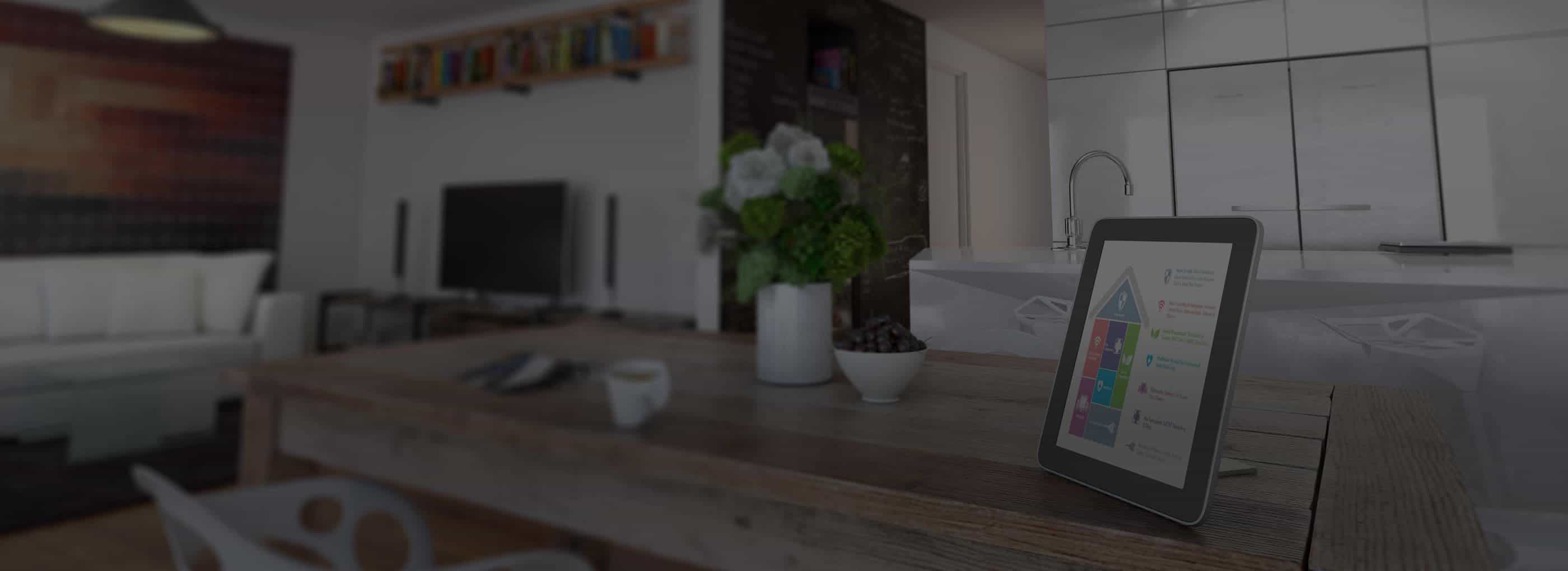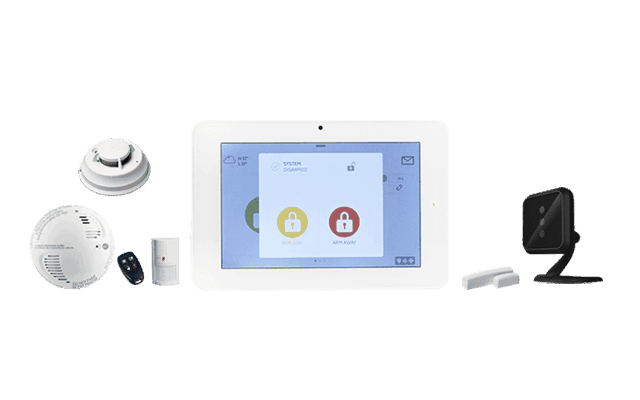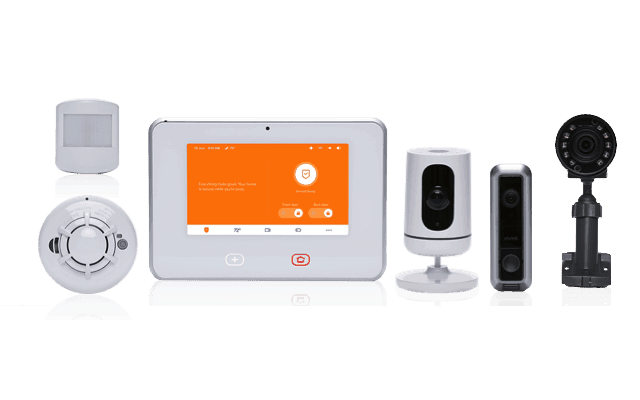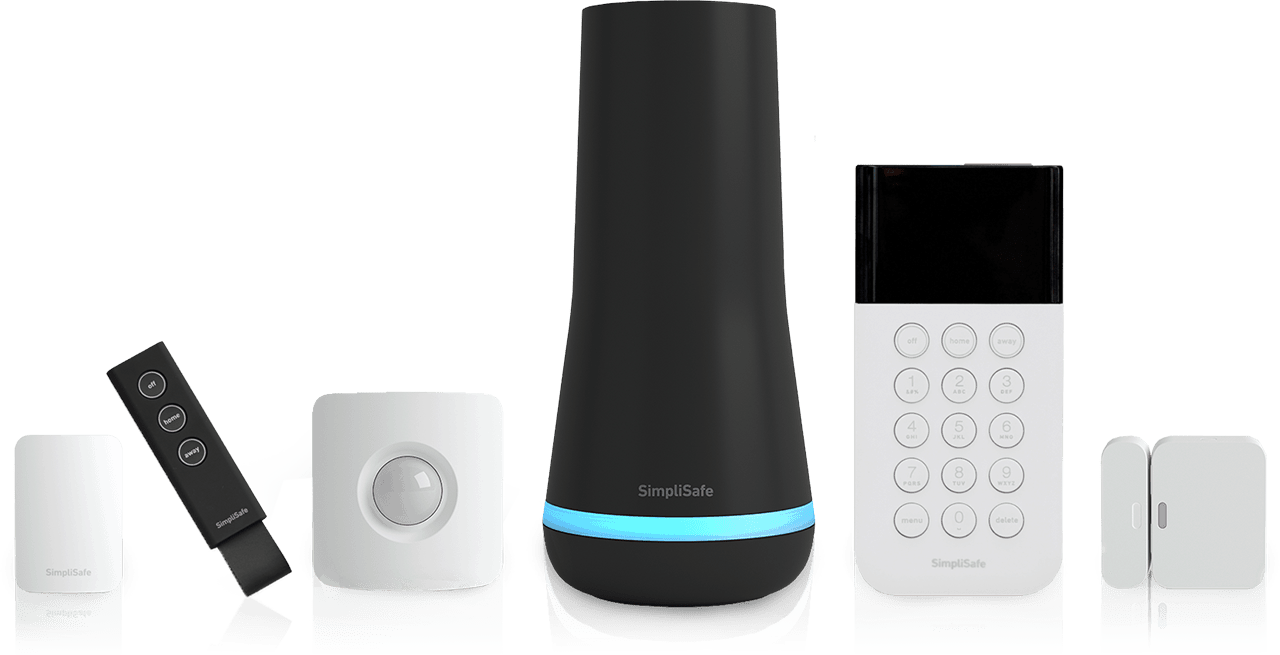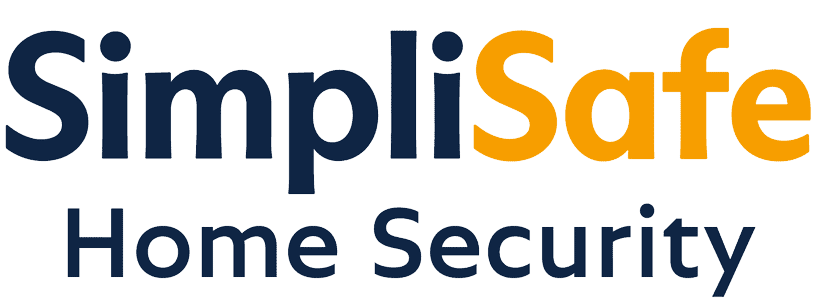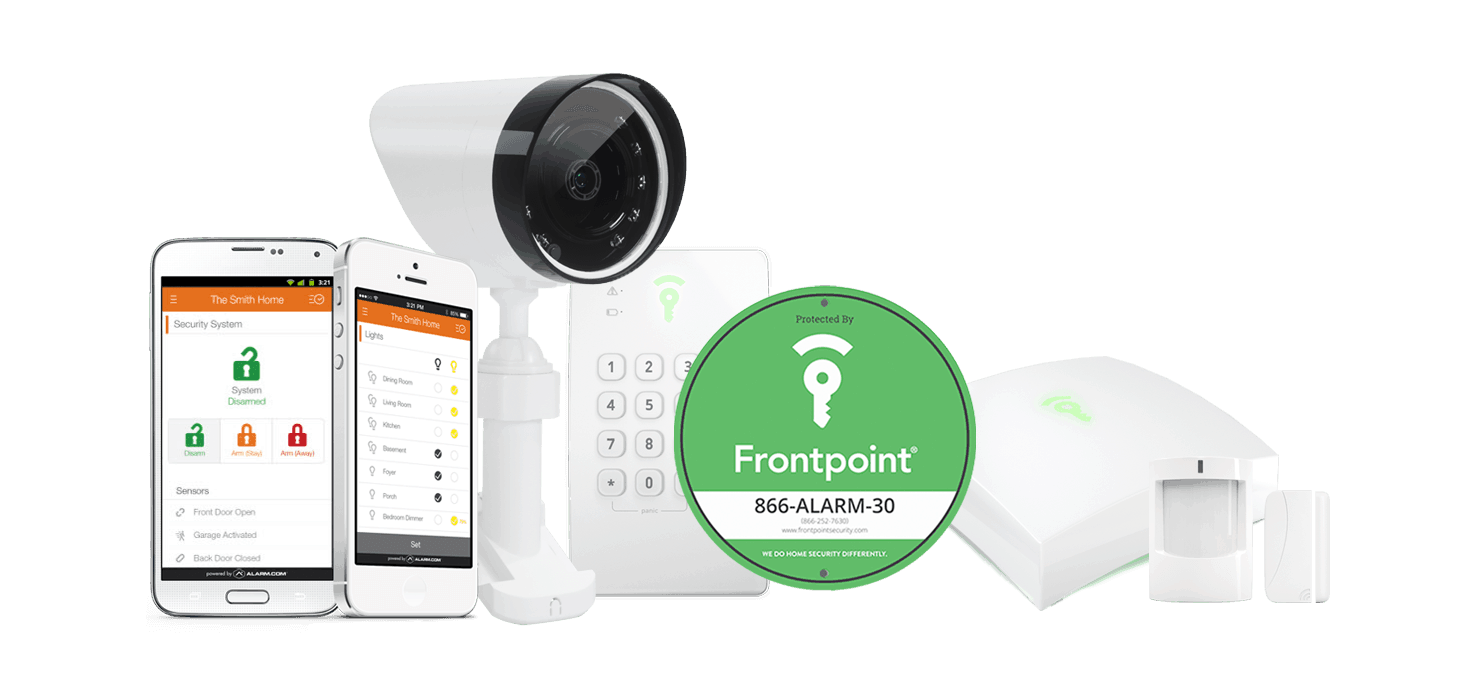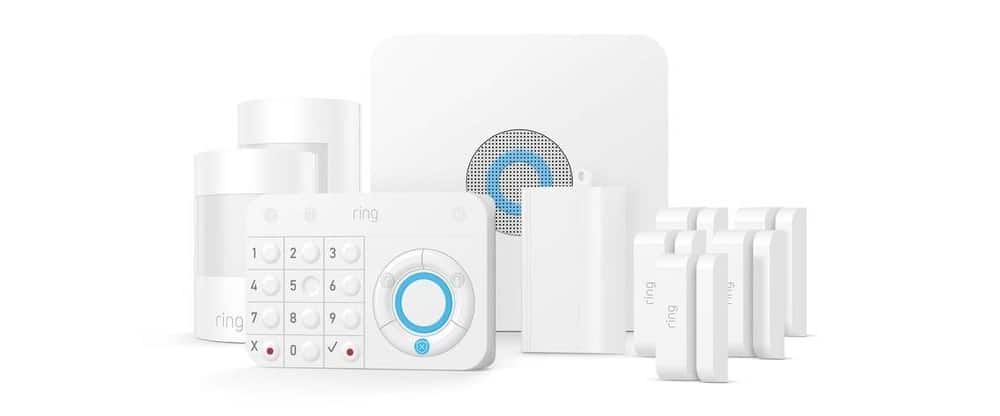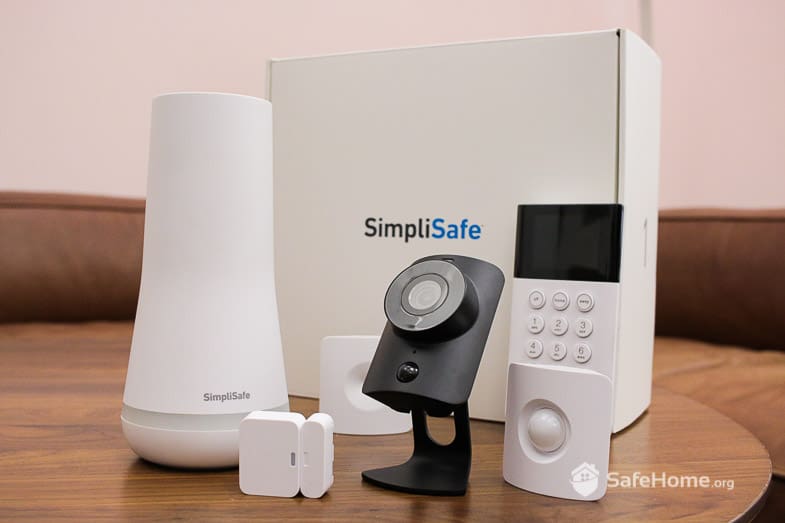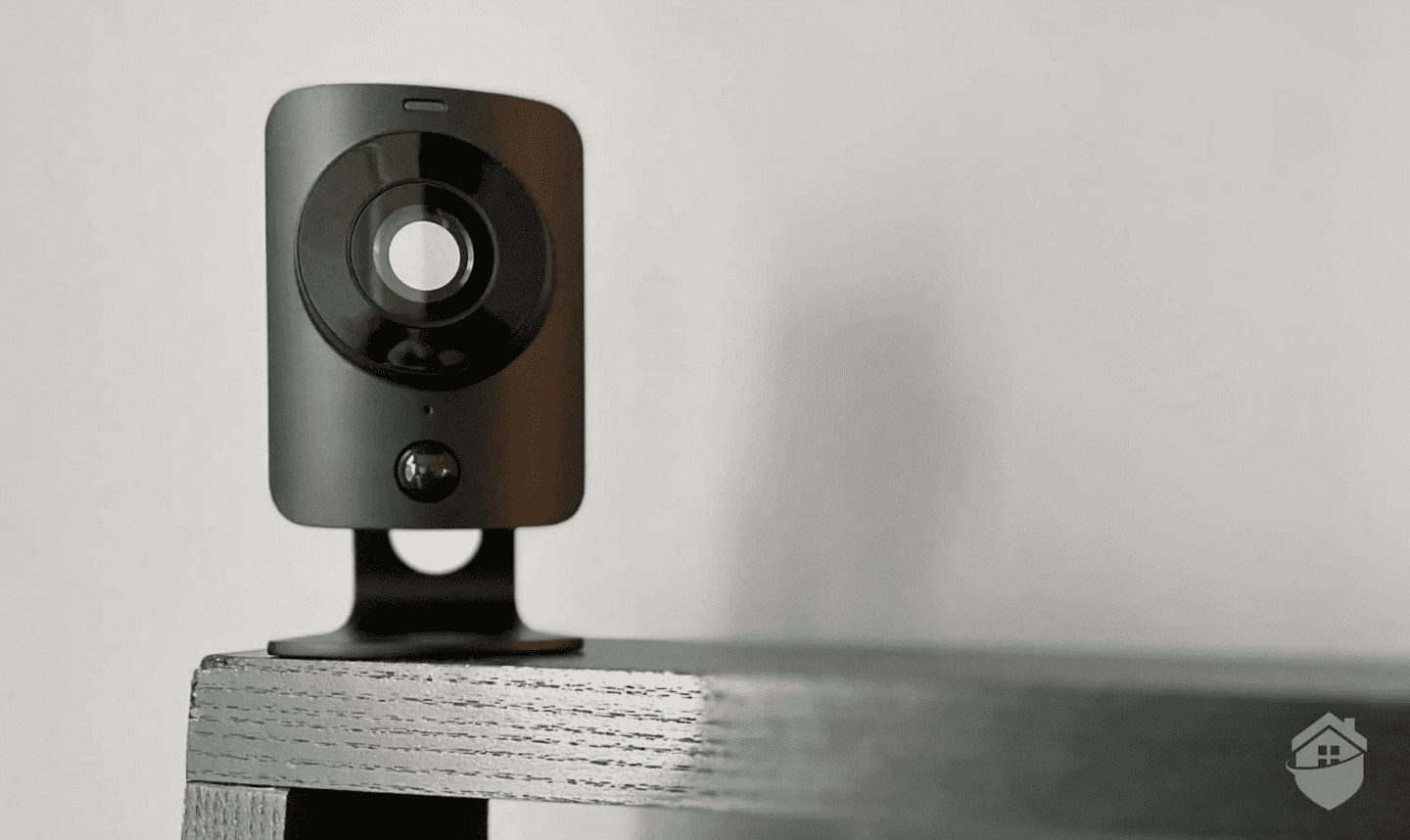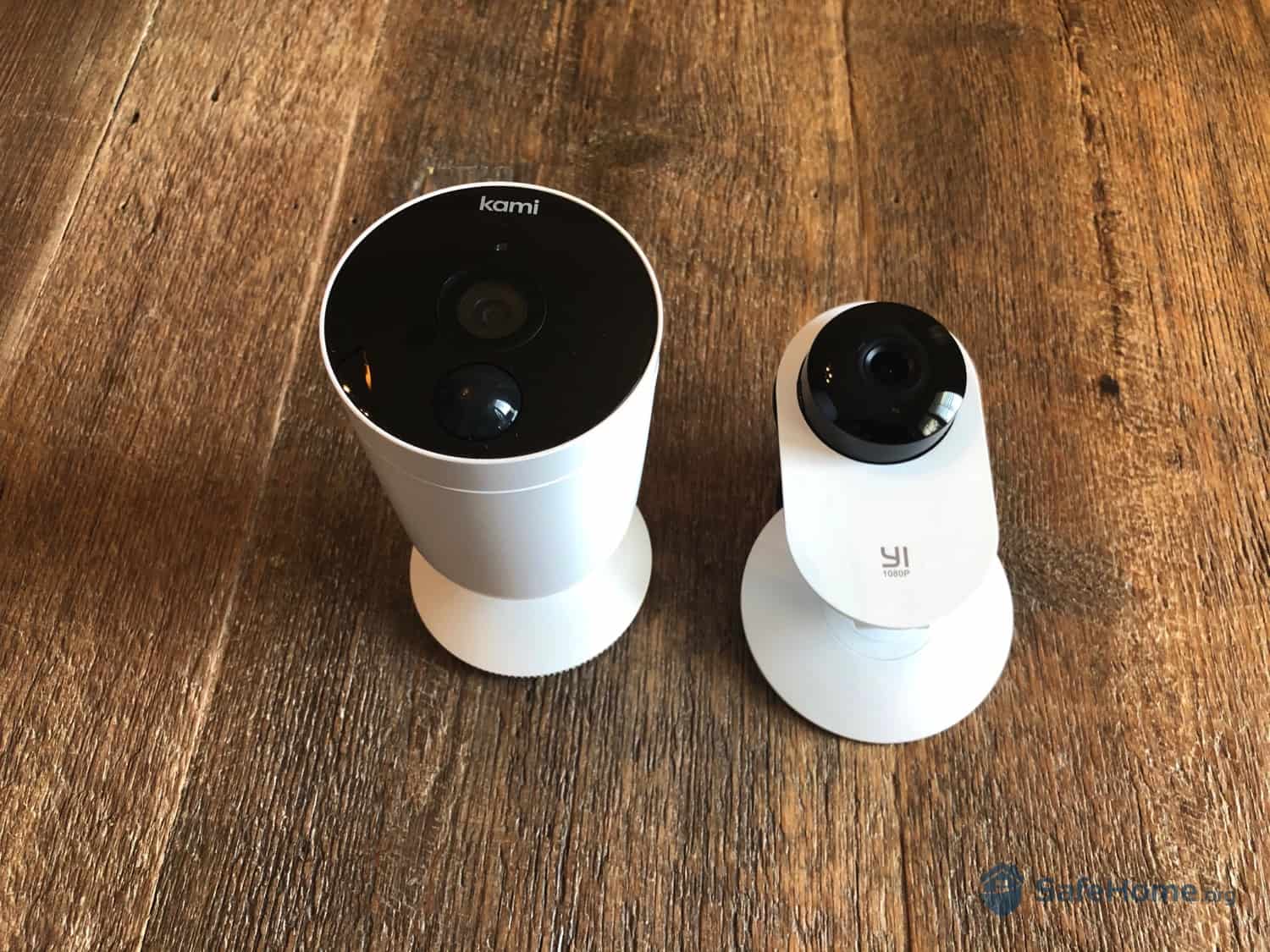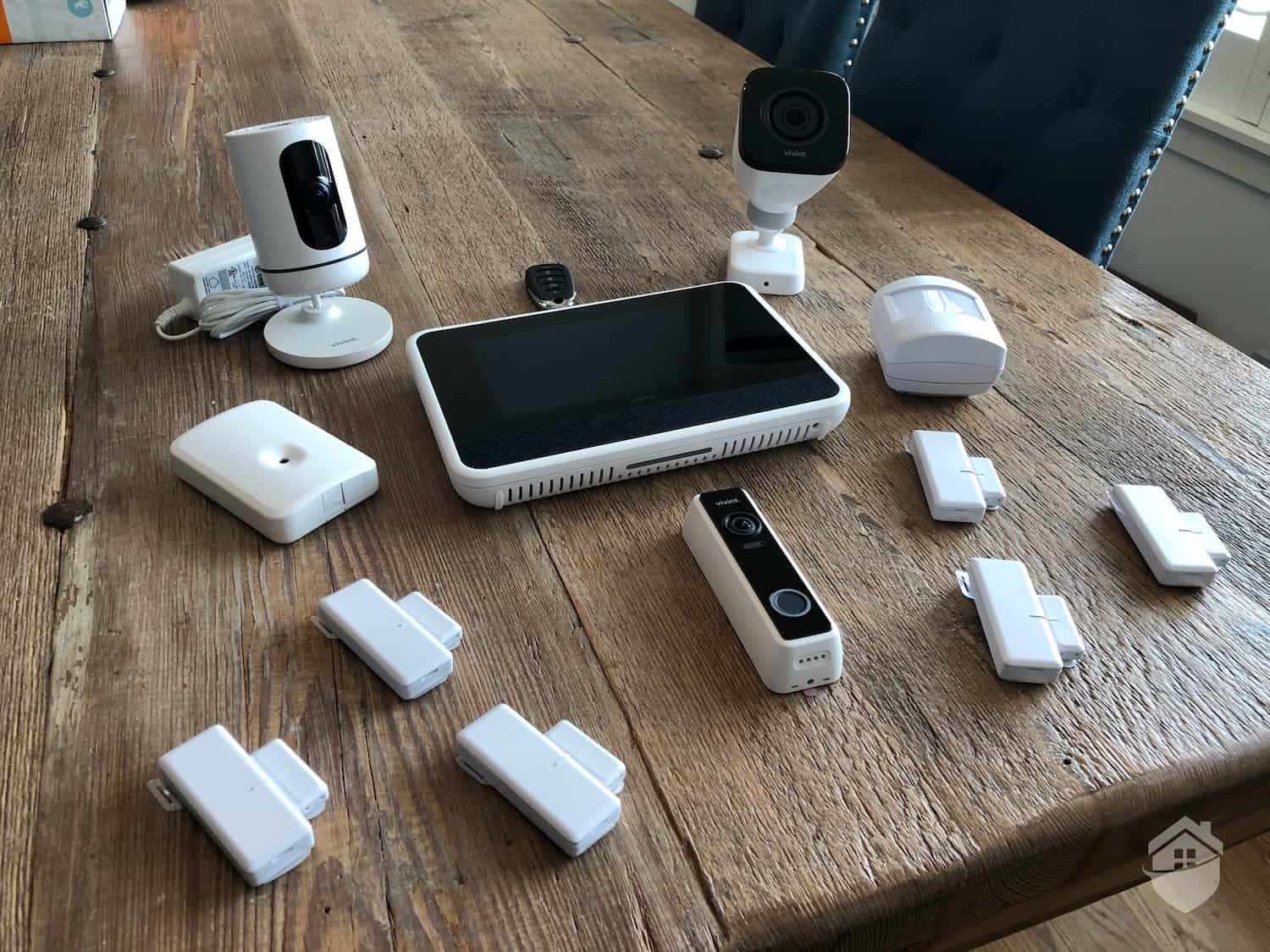ADT Equipment
As for ADT equipment built to protect large homes, I can think of a few. For starters, ADT offers indoor and outdoor cameras, including an outdoor camera with built-in floodlights that can help provide outdoor security lighting. There’s also a battery-powered indoor/outdoor model you place almost anywhere. ADT’s security cameras are actually from Google Nest. You can read all about my experience with them in our Nest Cam review.
I’m a fan of ADT offering Nest Cams now because I tested ADT’s former security cameras. They are nowhere near the quality of Nest Cams, in my opinion. Google Nest smart cameras don’t just detect movement, they can tell you whether the object that moved was a person, an animal, or a vehicle. They can also tell people apart with facial recognition. I woke up to a Nest Cam alert one night, and I didn’t even have to open my eyes for more than five seconds. Just by glancing at the notification, I knew it detected a cat in my backyard. I went straight back to sleep.
Other than the cameras, ADT offers a complete suite of sensors for security and safety monitoring. They have motion and entry sensors, garage door sensors, glass break sensors, smoke alarms, water leak sensors, and gas leak sensors, just to name a few. And the best part is, all those ADT sensors are monitored professionally.
ADT Monitoring
Speaking of professional monitoring, ADT is simply a cut above the rest because it has nine monitoring facilities in total. For comparison, my second pick, Vivint, has two monitoring centers and most other companies have only one.
The advantage of a redundant monitoring network such as that of ADT is that you know the service is always up. Let’s say there’s a storm in one of the locations and it becomes understaffed. If that happens, the other eight can take over responding to alarm calls from ADT’s over 6 million residential customers. I have never seen that kind of redundancy in any other monitoring service I’ve tested.
Now, I know what you’re thinking: “Won’t a service like that be expensive?” Not really. I signed up for the most expensive monitoring package and still got charged only $34.99 per month. Compare that to Frontpoint’s $49.99 monthly plan and you can see that ADT is really one of the more affordable security systems. That said, ADT does require a monitoring contract for a minimum of three years. It locks in the price but it also keeps you from canceling your account for the next three years, so make sure ADT is right for you before signing up.
ADT Home Automation
When you live in a large home, having home automation is simply practical. Just imagine: Instead of going around the house turning off lights or locking doors, you can simply use an app to schedule your smart lights and locks or control them manually. Even better, some security systems would let you create if-then rules for full autonomy. “If I arm my system, then turn off the lights” — that sort of thing.
ADT offers home automation. It’s not its strongest suit, but it works pretty good. I’m able to control my smart lights from the ADT Control app and schedule them to turn on and off at all hours. I’ve also set my smart thermostat to enter energy-saving mode when I arm ADT to Away mode.
I’ve had to use the app and my web dashboard to customize ADT’s home automation, though. The touch-screen control panel doesn’t allow such customizations. That’s one of ADT’s weaknesses. But, overall, I’d give ADT two thumbs up in the home automation department.
